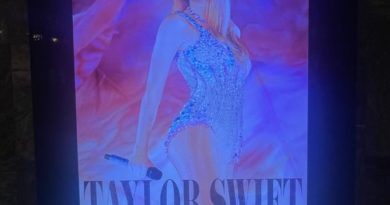Woodstock was More than a Music Festival
In 1969, Michael Lang, Artie Kornfeld, Joel Rosenman, and John P. Roberts came together in an attempt to bring the hippies of America to one place in Bethel, New York. The musical geniuses had determined that a three day music festival would be their best idea, attempting to catch the attention of all individuals throughout society. Music provided people with an escape to reality, and with the freedom of expression that was highly restricted during this era. Through America being involved in the War efforts of Vietnam, and the tragic loss of John F. Kennedy and Martin Luther King Jr, adolescents began to rebel against all authorities. By falling in love with new music, clothes, and appearances, the lifestyle of a hippie quickly formed. For the Americans who were tired of the status quo, news of the upcoming Woodstock Music Festival reaching both the West and East coasts was extremely appealing and exciting. Although Woodstock was meant to be the best event representing the new music industry, it began to fall apart after a location change, and the disorganization of departments. Woodstock Music Festival is most known for its disastrous events, however the cultural renaissance it brought to American society was the most impactful.
The creators of Woodstock were determined to reach all artists of America, which would draw in people from every area of the country. Popular bands and artists such as The Doors, Grateful Dead, Crosby Stills Nash and Young, Jimi Hendrix, and Janis Joplin were headliners of the event, causing people from the west and east coast to attend this three day festival. When planning the event, Lang, Korenfeld, Rosenman, and Roberts did not anticipate the change in location or the amount of attendees. The city of Woodstock banned the festival from occurring on their grounds, allowing Max Yasgur, owner of a dairy farm in Bethel, to give permission to use his land. From this point, the event was in two weeks. A stage, fence, and food stations had to be created in about 14 days; let’s say that the impossible was indeed not possible. When the owners had to make quick decisions, they relayed the messages that the stage is the priority. With an unfinished gate and fence, thousands of adolescents came into the event without paying. At this moment, Lang, Korenfeld, Rosenman, and Roberts knew that Woodstock would be remembered as the greatest festival of all time.
Americans now remember Woodstock for its drug use and freeing experience, however their negative connotation with the event reveals how misinterpreted Woodstock was. While music was used as a form of entertainment, it was also a major form of protest.
